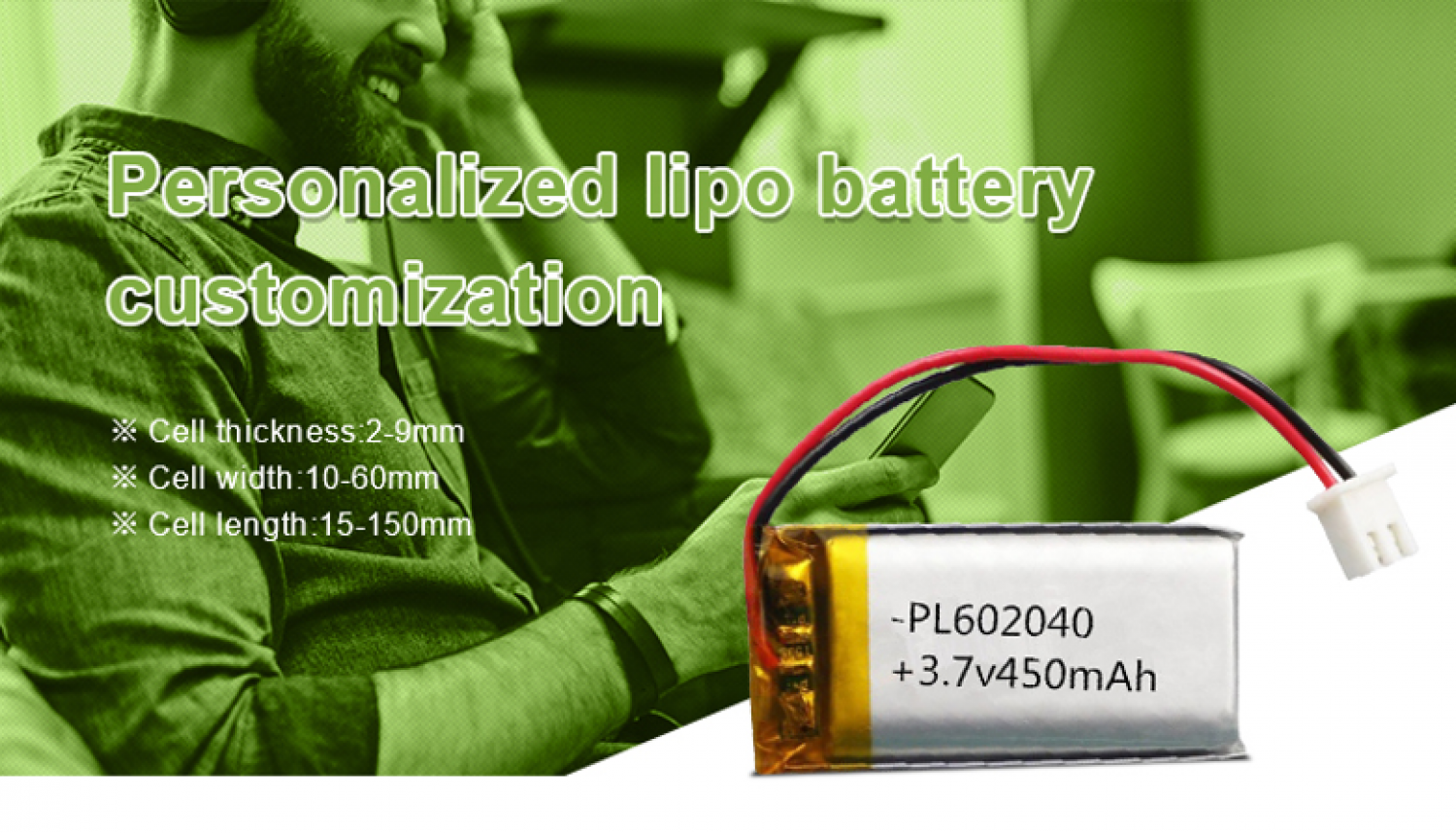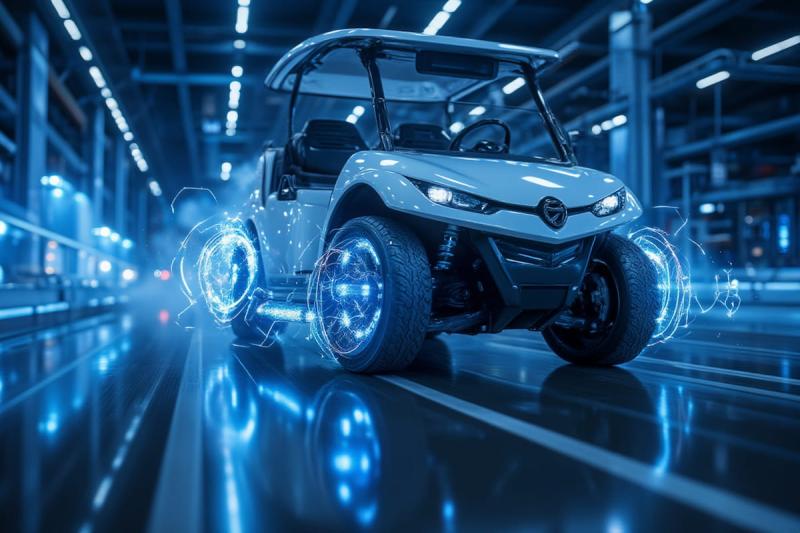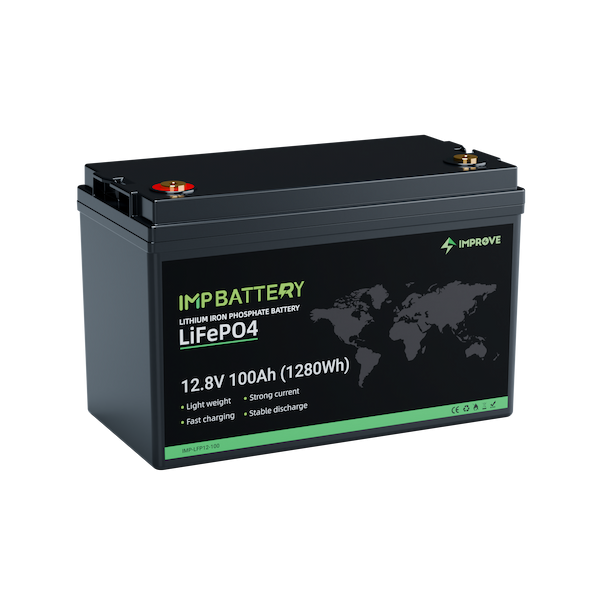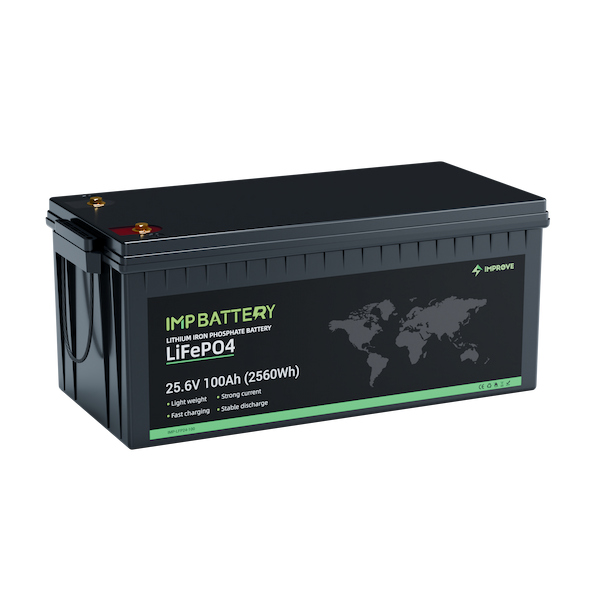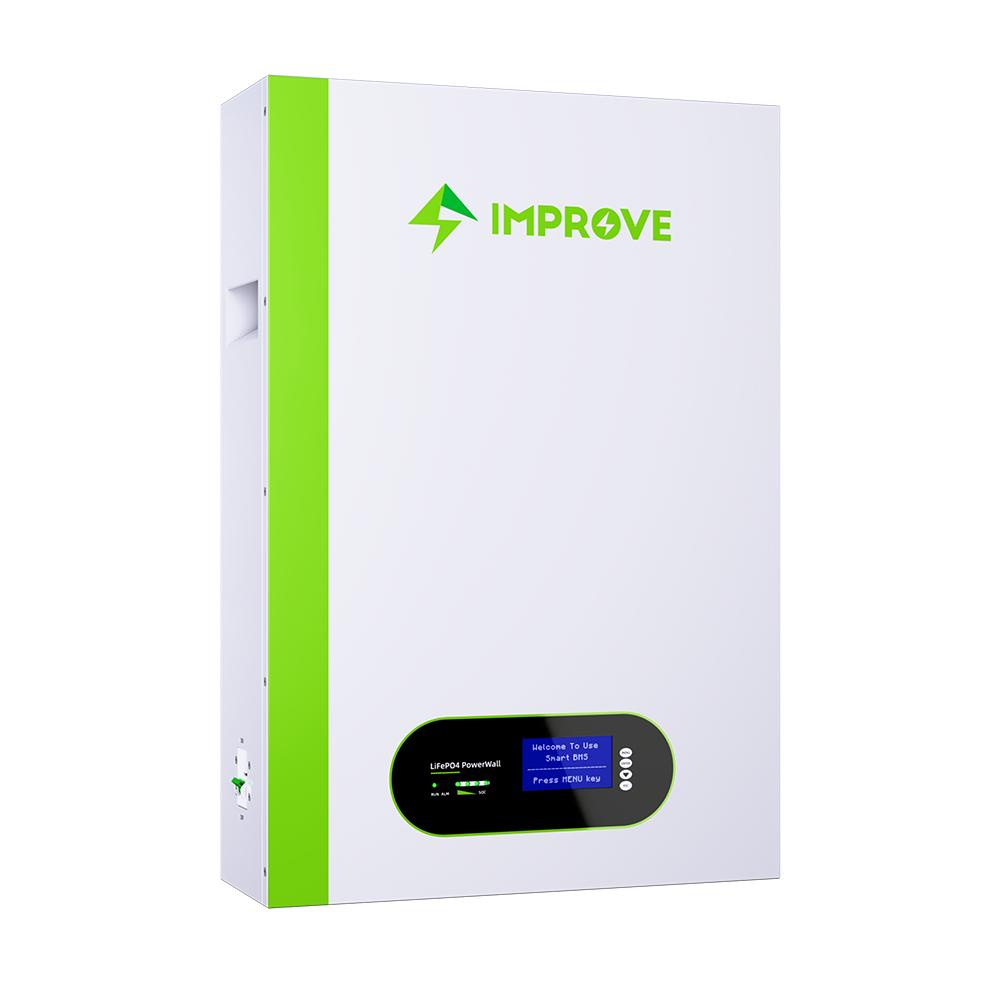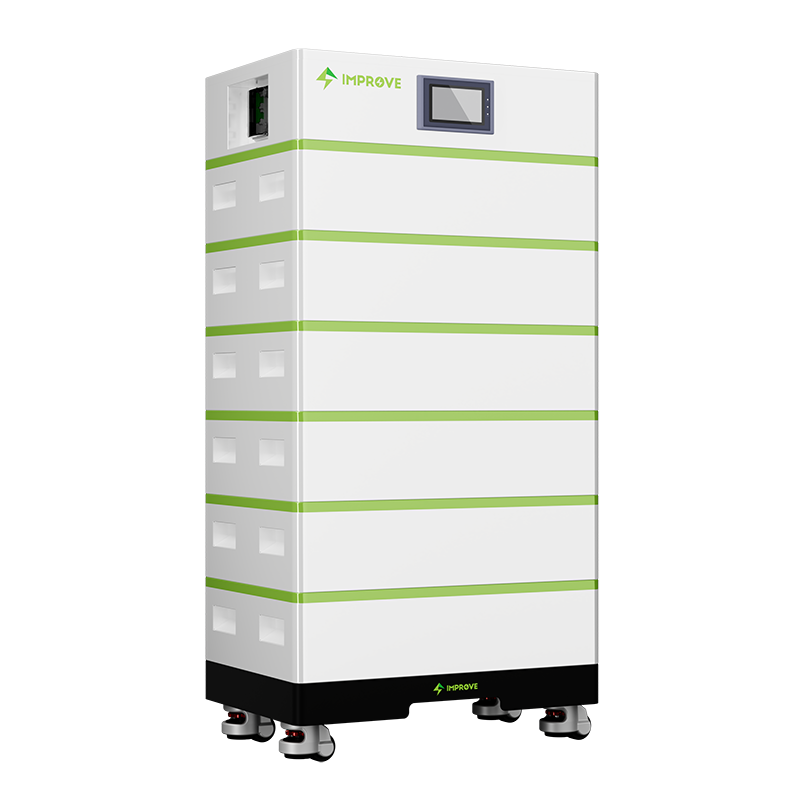Polymer lithium battery, also known as macromolecule battery, is a chemical battery. Compared with the previous battery, it has the characteristics of high energy, miniaturization and light weight. The polymer lithium battery has the characteristics of ultra-thinness, and can be made into batteries of different shapes and capacities to meet the needs of some products. The theoretical minimum thickness can reach 0.5mm.
Basic information of polymer lithium battery:
The three elements of a general battery: positive electrode, negative electrode and electrolyte. The so-called polymer lithium battery refers to a battery system in which at least one or more of the three elements uses polymer materials. In the polymer battery lithium system, most of the polymer materials are used in the positive electrode and electrolyte. The positive electrode material uses the conductive polymer or the inorganic compound used in general lithium ion batteries, and the negative electrode often uses lithium metal or lithium. For the carbon intercalation compound, the electrolyte is a solid or colloidal polymer electrolyte or an organic electrolyte. Since there is no excess electrolyte in the lithium polymer, it is more reliable and stable. The polymer lithium battery uses a file alloy as the positive electrode, a polymer conductive material, polyacetylene, polyaniline or poly-p-phenol as the negative electrode, and an organic solvent as the electrolyte. The specific energy of the lithium polyaniline battery can reach 350W.h/kg, but the specific power is only 50-60W/kg, the operating temperature is -40-70 degrees, and the life span is about 330 times.
Polymer lithium batteries can be divided into three categories according to the electrolyte:
1. Gel polymer electrolyte lithium ion battery, which adds additives to solid polymer electrolyte to improve ion conductivity, so that the battery can be used at room temperature;
2. Solid polymer electrolyte lithium ion battery, the electrolyte is a mixture of polymer and salt, the ion conductivity is low at room temperature, and it is suitable for high temperature use;
3. Lithium-ion battery with composite gel polymer cathode material. Conductive polymer is used as cathode material. Its specific energy is 3 times that of existing lithium-ion batteries. It is the latest generation of lithium-ion batteries.
Naming method of polymer lithium battery:
Lithium-ion polymer batteries are generally named with 6-7 digits, indicating thickness/width/height respectively. For example, PL6567100 represents a lithium-ion polymer battery with a thickness of 6.5mm, a width of 67mm, and a height of 100mm, where PL represents the battery It belongs to the category of polymers. Lithium-ion polymer batteries generally use laminated flexible packaging, so the size change is very flexible and convenient, and there are relatively many models.
Advantages of using polymer lithium battery:
1. There is no battery leakage problem. The battery does not contain liquid electrolyte and uses colloidal solids.
2. It can be made into a thin battery: with a capacity of 3.6V 400mAh, its thickness can be as thin as 0.5mm.
3. The battery can be designed into a variety of shapes.
4. The battery can be bent and deformed: the polymer battery can be bent about 90 degrees at most.
5. It can be made into a single high voltage: the battery with liquid electrolyte can only obtain high voltage by connecting several batteries in series. Since polymer battery has no liquid itself, it can be made into a multi-layer combination in a single battery to achieve high voltage.
6. The capacity will be twice as high as a lithium-ion battery of the same size.
Lithium polymer battery can be made into batteries of any shape and capacity to meet the needs of various products; and it uses aluminum-plastic packaging, and internal problems can be immediately manifested through the outer packaging, even if there is a safety hazard, it will not explode , It will only bulge. In the polymer lithium battery, the electrolyte plays the dual function of the separator and the electrolyte: on the one hand, it separates the positive and negative materials like a diaphragm to prevent self-discharge and short circuit inside the battery. On the other hand, it is positive like the electrolyte. Lithium ions are conducted between the negative electrodes. Polymer electrolyte not only has good electrical conductivity, but also has the characteristics of light weight, good elasticity, and easy film formation that are unique to polymer materials. It also conforms to the development trend of light weight, safety, high efficiency, and environmental protection of chemical power sources.


